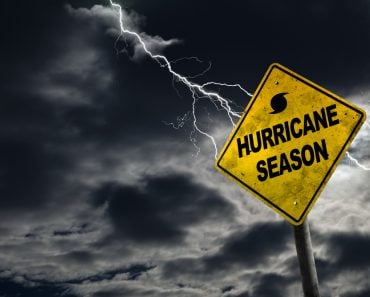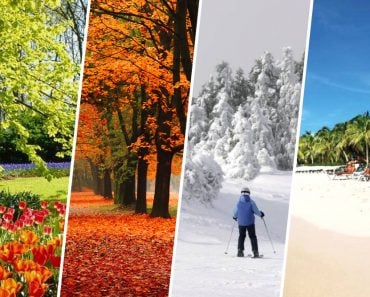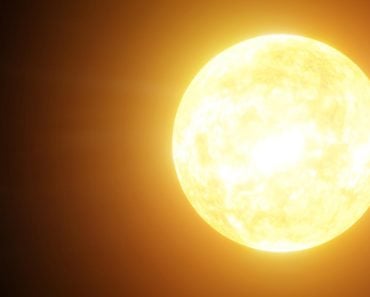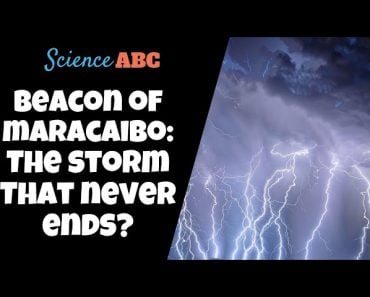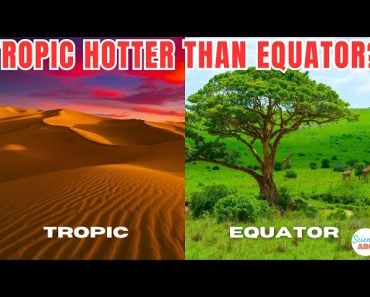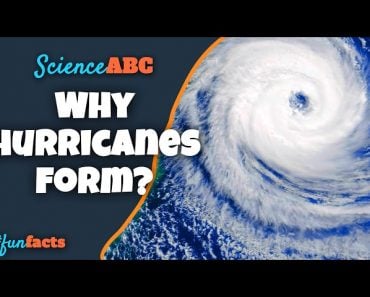El Nino is an extreme climatic event that occurs due to the weakening of trade winds. It has serious implications on weather around the globe. The absence of El Nino for a decade would also cause similarly extreme problems.
El Niño is back!
Expect scary rainstorms in South America, chilling winter storms in the West and South of the United States, and jaw-dropping droughts in southern Asia, Indonesia, and Australia. El Niño is a natural force that should never be underestimated.
However, it’s also a breathtaking sight to behold. Prepare to witness the ocean’s power as it heats up and alters weather patterns around the globe.
The question is, what if El Niño doesn’t occur for a decade? What could we possibly expect?
Let’s find out.
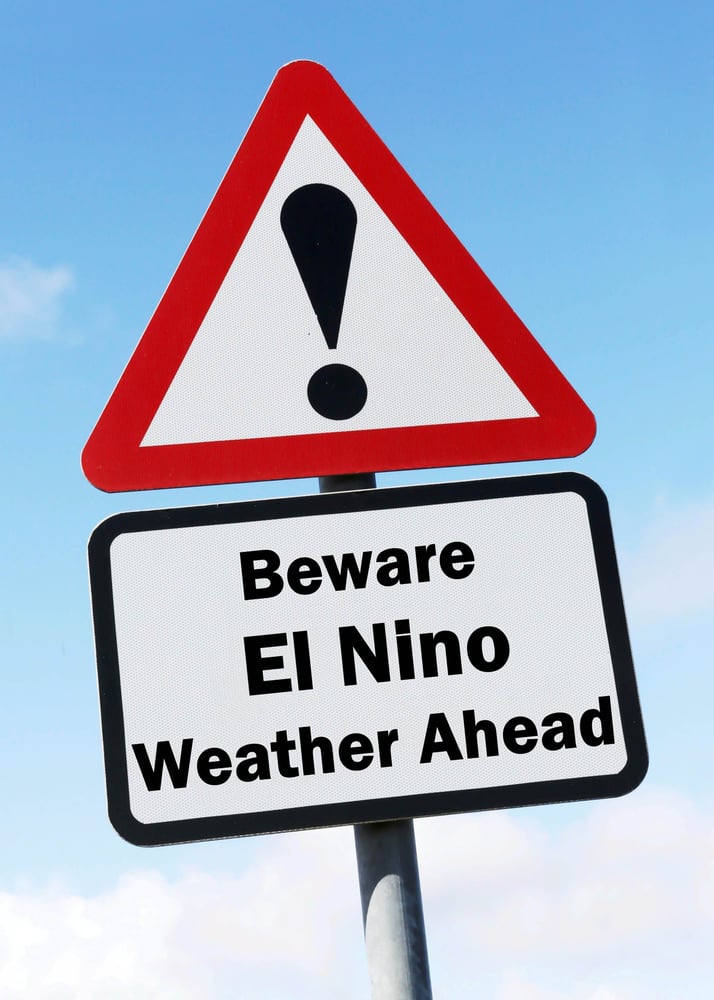
Recommended Video for you:
What Exactly Is El Niño?
El Niño is a complex climate phenomenon involving interactions between the ocean and the atmosphere.
There are winds that blow over the Pacific Ocean from east to west, known as trade winds. When the trade winds weaken, warm water from the western Pacific Ocean begins to migrate eastward. This warm water then accumulates off the coast of South America, raising oceanic temperatures.
The rise in ocean temperature generates a chain reaction of other changes in the atmosphere, which can result in all kinds of bizarre weather patterns.
El Niño is a tug-of-war situation. The trade winds are attempting to pull warm water west, but the warm water is attempting to travel east. When the trade winds weaken, the warm water triumphs and begins to flow east.
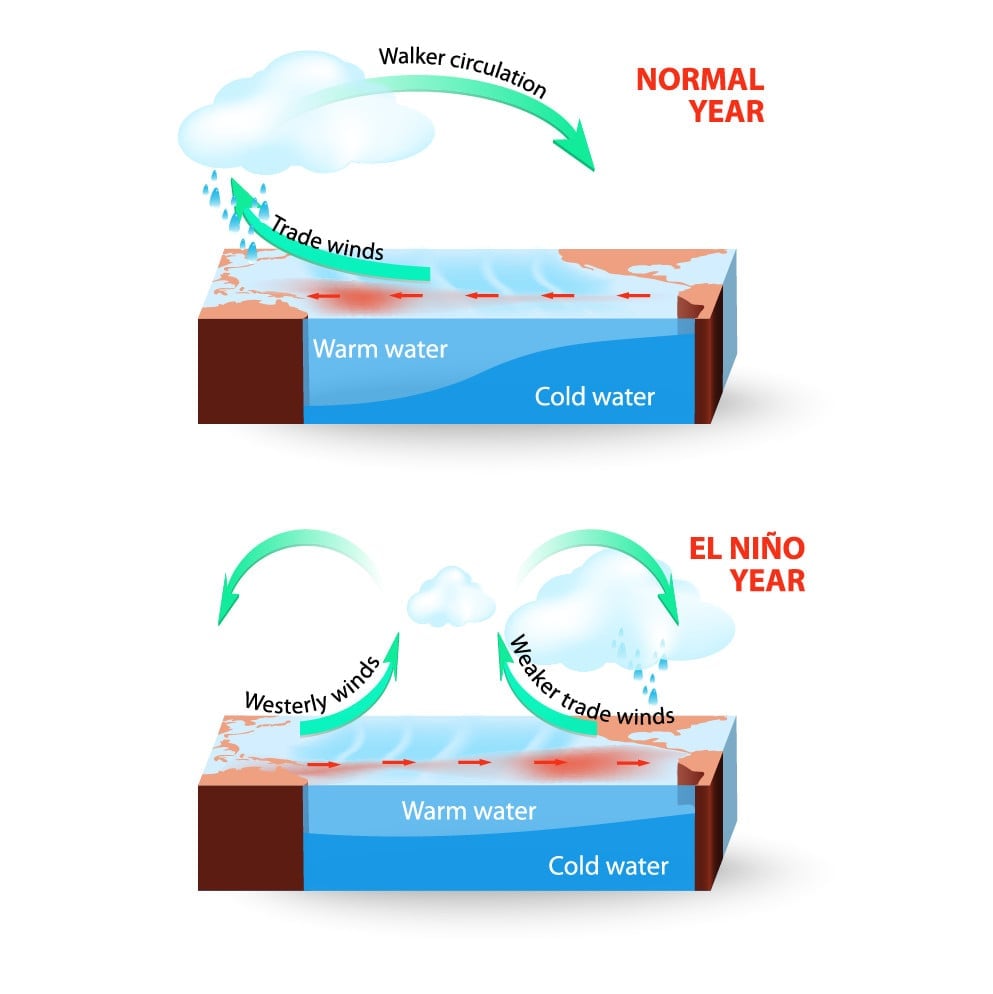
Also Read: Why Is The East Coast Of The USA Colder Than The West Coast?
The Weather Could Get More Extreme.
Other weather patterns and oceanic phenomena, such as the Indian Ocean Dipole and the Pacific Decadal Oscillation, interact in complex ways with El Niño. The combinations and timing of components influence the overall climate, generating droughts or severe precipitation in various locations.
In the absence of El Niño, the regions of the world that experience droughts may change; they will would unleash their dry wrath on places like Australia, Africa, and the western United States. Picture parched lands, dwindling water supplies, failed crops, and raging wildfires. It’s a desert nightmare!
But wait… there’s more! Floods will also take the stage, drenching South America, Asia, and the southeastern United States. Lives will be at stake, properties will be submerged, transportation will be disrupted, and commerce will be thrown into chaos. It’s watery mayhem!
As if that’s not enough, hurricanes will rise with unrivaled power and destruction. Brace yourself for the wrath of these mighty storms as they claim countless lives, wreaking havoc on properties and throwing transportation and commerce into disarray. It’s truly a whirlwind of chaos!
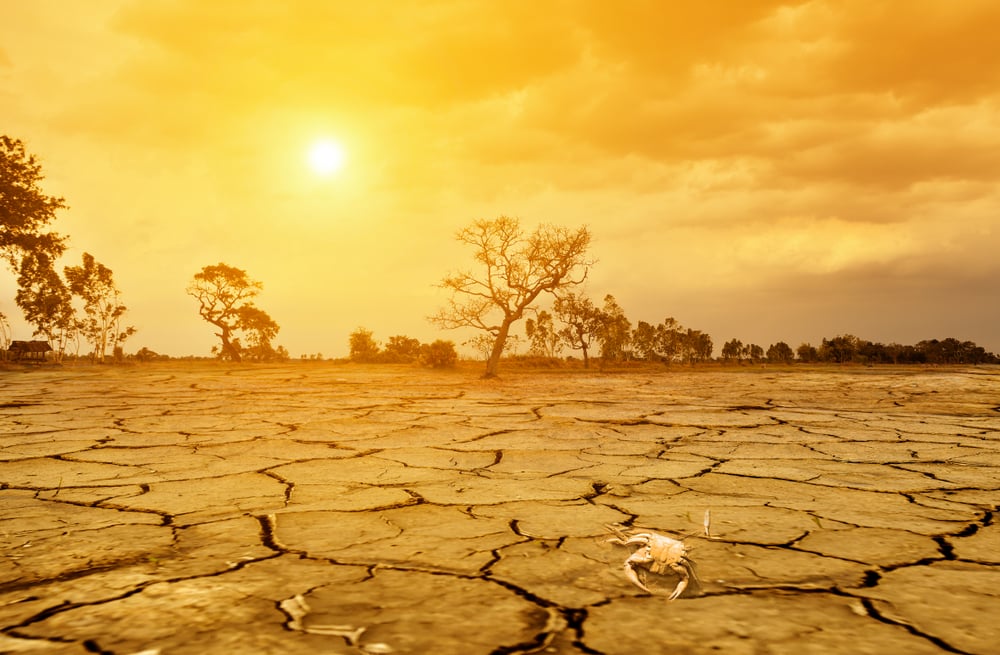
Also Read: Climate Change And Agriculture: Which Crops Are Likely To Be Affected The Most?
The Rain Patterns Could Change Drastically
The rain patterns around the globe would also change drastically if El Niño didn’t occur for a decade.
Consider the consequences: if El Niño does not intervene, South America may miss out on spectacular record-breaking rainfalls, leaving their landscapes barren and parched. Meanwhile, the West and South of the United States will likely face a severe scarcity of those wonderful winter storms that we all secretly enjoy. It’s like missing out on the excitement of a rollercoaster ride!
Now hold on, there’s still more! Southern Asia, Indonesia, and Australia may experience a prolonged dry spell, similar to a never-ending trip through the desert.
In the absence of El Niño, they may pine for those lovely rainy days and seriously struggle to quench their thirst.
The Global Economy Could Suffer.

El Niño can have a significant impact on agriculture and tourism, so if it doesn’t occur for a decade, it could have a very large negative impact on the global economy.
When it comes to agriculture, El Niño plays a pivotal role. Picture this: droughts parching some parts of the world, while others are hit with torrential floods. This rollercoaster can lead to crop failures, sending food prices skyrocketing and leaving us with a desperate hunger for food security.
El Niño also knows how to rain on the tourism parade. Imagine picturesque destinations being washed away by floods and buried under mudslides. El Niño is like a sudden roadblock that drives tourists away, causing a nosedive in tourism revenue and giving economies a major case of the blues.
So, what’s the bottom line for the global economy? Brace yourself for a wild twist. If El Niño decides to go on vacation for a whole decade, it could be disastrous! We’re talking about soaring food prices, a sharp decline in tourism revenue, and economic disruptions that could make our collective heads spin.
In a sense, El Niño is more than just a weather pattern; it’s an economic game changer. It’s like a secret force that has the potential to make or shatter the global economy. In other words, let’s cross our fingers for El Niño’s prompt return and its exciting, yet uncertain impact on the economic rollercoaster ride.
So, What Can We Do?
We must continue to study El Niño; in order to better predict when it will occur and what will happen as a result, we need to understand how it works.
The second thing we must do is prepare for the worst-case scenario. We must ensure that we have prepared for extreme weather events and other probable implications of a decade without El Niño .
The third thing we must do is reduce our greenhouse gas output. This is the most effective strategy to mitigate the effects of climate change, especially unpredictable El Niño seasons.
Let’s work together for our planet, for a better climate, a healthier environment, and a brighter future.
References (click to expand)
- June 2023 ENSO update: El Niño is here.
- Enfield, D. B. (1989). El Niño, past and present. Reviews of Geophysics. American Geophysical Union (AGU).
- Banholzer, S., & Donner, S. (2014, March 28). The influence of different El Niño types on global average temperature. Geophysical Research Letters. American Geophysical Union (AGU).
- Trenberth, K. E., & Hoar, T. J. (1997, December 1). El Niño and climate change. Geophysical Research Letters. American Geophysical Union (AGU).



